Explore our latest CHF tagged content. From expert guides and forecasts to provider reviews and practical money tips, these posts help you stay informed and make smarter currency decisions.
All Content (172)
By Topic:
About Us (12)
Africa (1)
Banks (1)
Business (1)
Business Fx Specialists (10)
Crypto (1)
Expat (11)
Foreign Currency Accounts (11)
Foreign Transfers (30)
Fx Analysis (5)
Fx Risk (6)
Fx Specialists (22)
Large Amounts (11)
Locations (10)
Ofx (12)
Online Sellers (1)
Popular (3)
Property (2)
Pursuits (1)
Revolut (8)
Study Abroad (7)
Travel (1)
Travel Cards (9)
Travel Money (12)
Wise (13)
By Currency: AED (28) AFN (1) ALL (1) AMD (1) ANG (2) AOA (1) ARS (2) AUD (75) AWG (1) AZN (1) BAM (1) BBD (1) BDT (1) BGN (1) BHD (1) BIF (1) BMD (1) BND (1) BOB (1) BRL (6) BSD (1) BTC (1) BTN (1) BWP (1) BZD (1) CAD (47) CDF (1) CHF (33) CLP (4) CNY (22) COP (1) CUP (1) CVE (1) CZK (5) DJF (1) DKK (9) DOP (1) DZD (1) EGP (2) ETB (1) EUR (113) FJD (6) FKP (1) GBP (75) GEL (1) GHS (2) GIP (1) GMD (1) GNF (1) GTQ (1) GYD (1) HKD (22) HNL (1) HTG (1) HUF (5) IDR (8) ILS (6) INR (31) IQD (1) IRR (1) ISK (1) JMD (1) JOD (1) JPY (30) KES (2) KGS (1) KHR (1) KMF (1) KPW (1) KRW (4) KWD (1) KYD (1) KZT (1) LAK (2) LBP (1) LKR (2) LRD (1) LSL (1) LYD (1) MAD (2) MDL (1) MGA (1) MKD (1) MMK (2) MNT (1) MOP (1) MRO (1) MUR (1) MVR (1) MWK (1) MXN (12) MYR (23) MZN (1) NAD (1) NGN (6) NOK (8) NPR (2) NZD (39) OMR (4) PEN (1) PGK (1) PHP (13) PKR (12) PLN (7) PYG (1) QAR (7) RON (2) RSD (1) RUB (8) RWF (1) SAR (9) SBD (4) SCR (1) SDG (1) SEK (8) SGD (37) SHP (1) SLL (1) SOS (1) SRD (1) SYP (2) SZL (1) THB (16) TJS (1) TMT (1) TND (1) TOP (1) TRY (8) TTD (1) TWD (11) TZS (1) UAH (2) UGX (2) USD (110) UYU (1) UZS (1) VEF (1) VND (11) VUV (1) WST (6) XAF (9) XCD (10) XOF (11) XPF (7) YER (1) ZAR (11) ZWL (1)

Trump Imposes Broad Tariff Hikes as Global Trade Tensions Escalate 2025-08-02
President Trump has raised U.S. tariffs to an average of 15.2%, targeting Canada, Asia, and Europe, as part of his push to reshape global trade. Markets and currencies reacted with caution amid rising uncertainty.
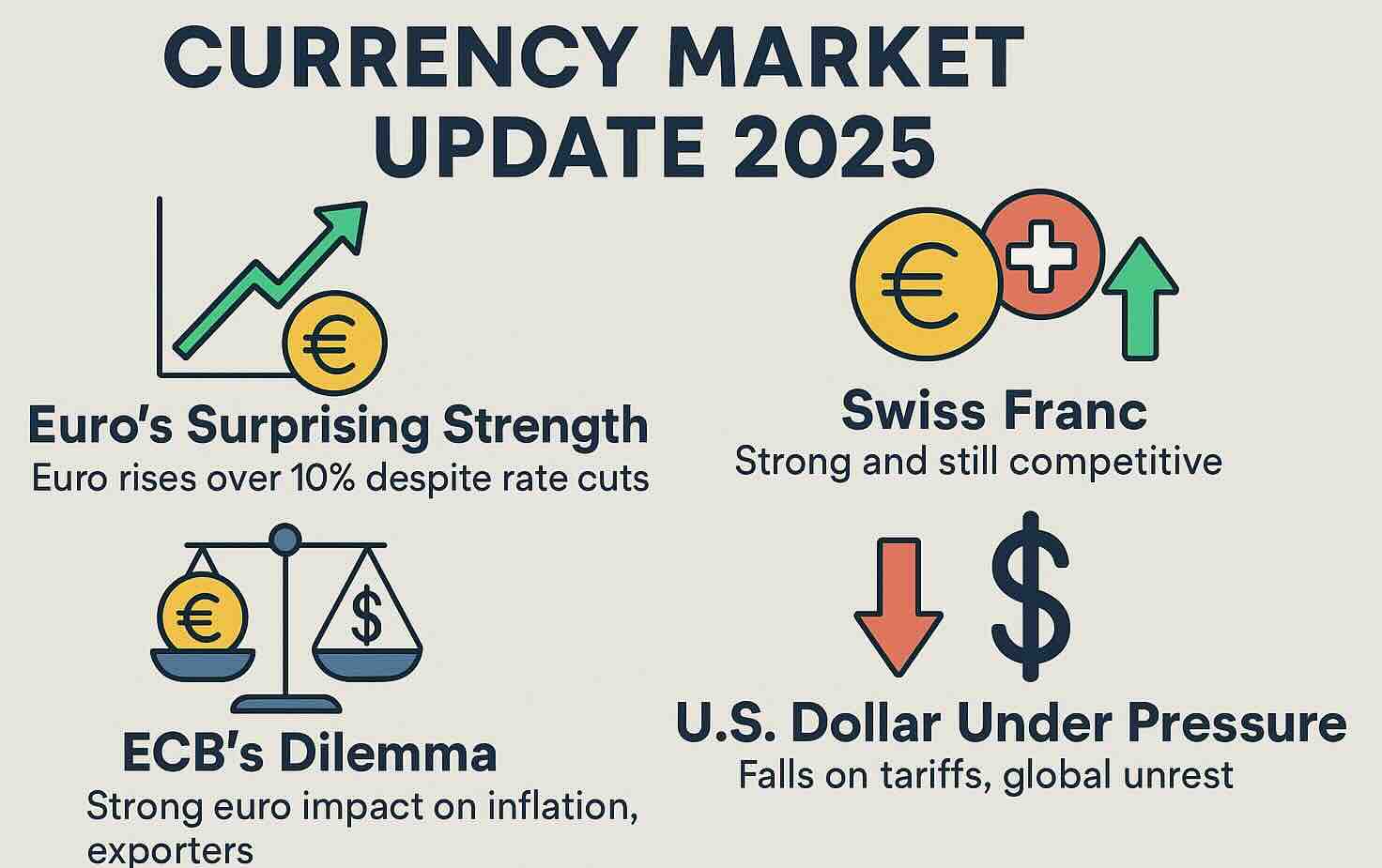
Global Currency Shake-Up: Euro Surges, Dollar Stumbles, Franc Holds Strong 2025-06-03
The euro's unexpected rise against the U.S. dollar presents the European Central Bank with a complex dilemma, as global trade tensions and policy shifts influence currency dynamics.
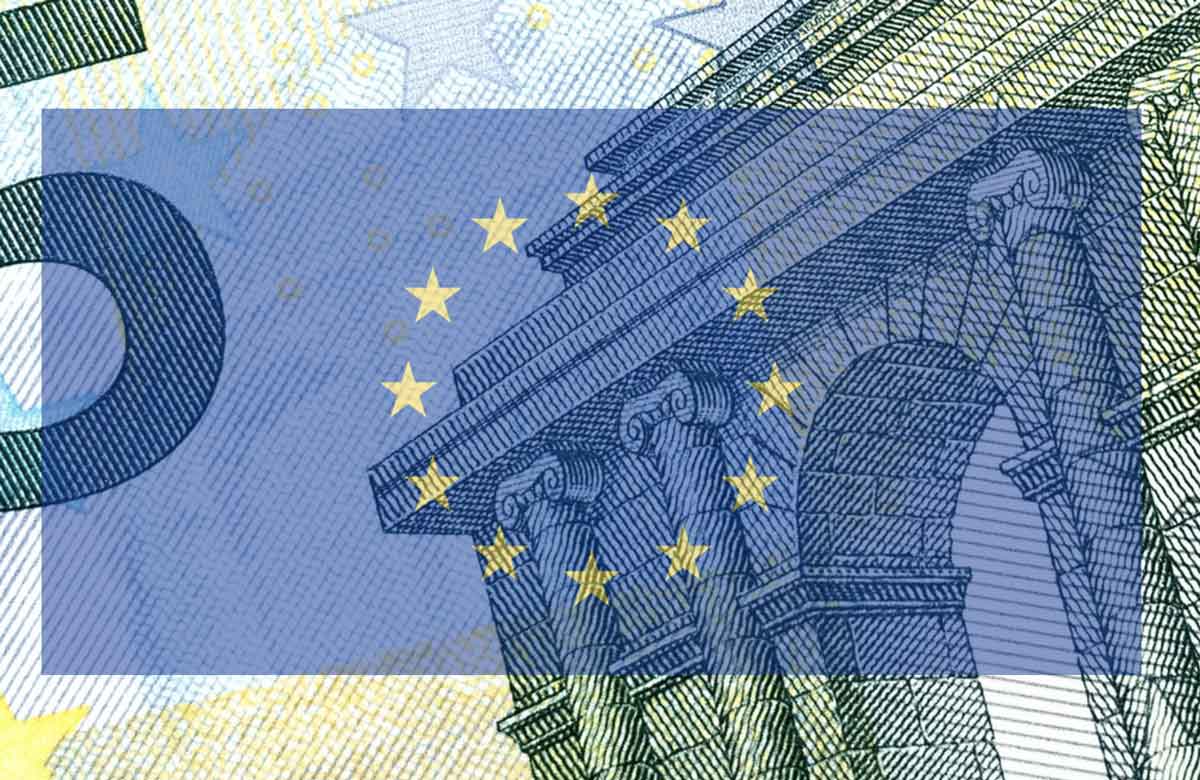
The U.S. Dollar Is Losing Ground to the Euro — And the World Is Watching 2025-04-25
Deutsche Bank forecasts a significant weakening of the US dollar in the coming years, potentially reaching its lowest level against the euro in over a decade.
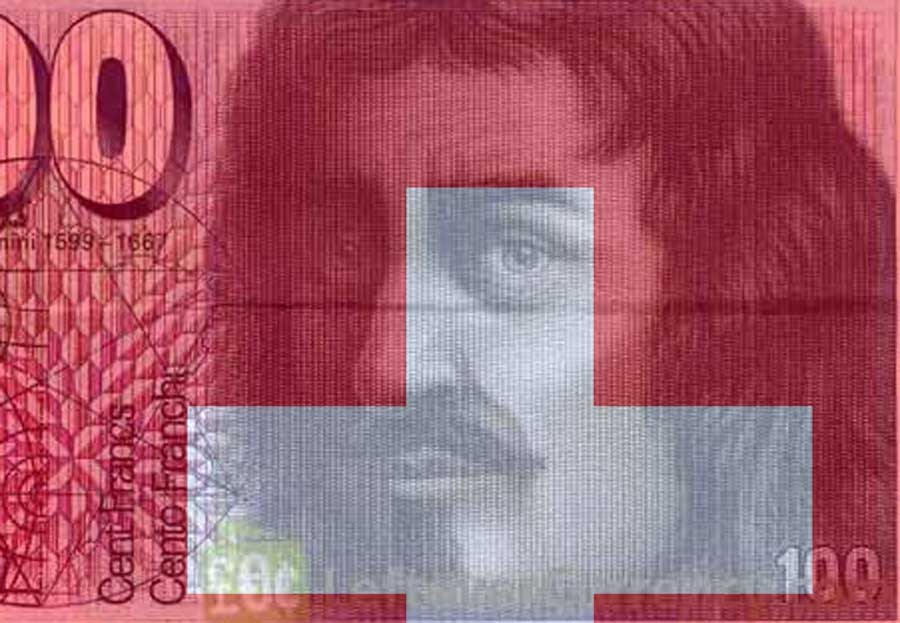
Swiss Franc Surges Amid U.S. Tariff Escalation 2025-04-11
The Swiss franc has experienced a significant surge, reaching a decade-high against the U.S. dollar, following President Donald Trump's announcement of increased tariffs on Chinese imports. This development has intensified market volatility and heightened demand for safe-haven assets.
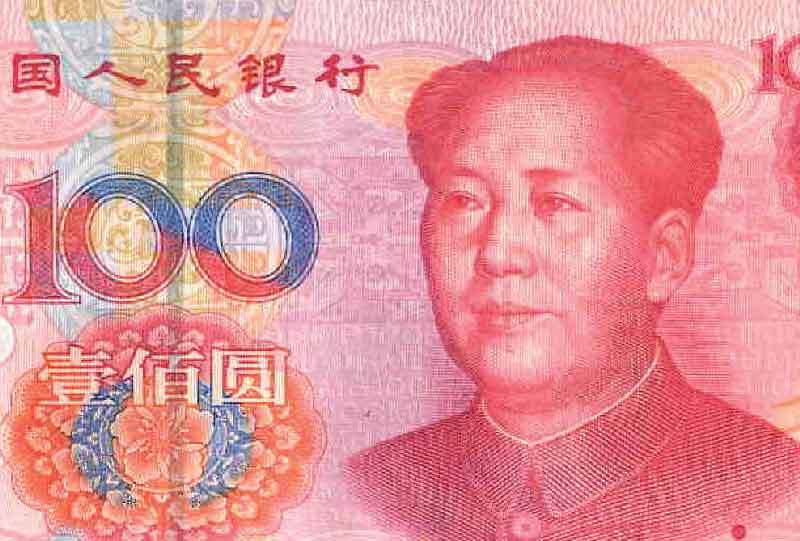
Yuan's Volatility Surges Amid U.S. Tariff Escalation 2025-04-10
The Chinese yuan has weakened following the United States' decision to impose a 125% tariff on Chinese imports, prompting the People's Bank of China to intervene to stabilize the currency.

Currency Markets in Flux: Euro's Ascent Amidst Global Economic Shifts 2025-03-19
The global currency landscape is experiencing notable shifts as the euro strengthens against major currencies, influenced by economic policies, geopolitical events, and fluctuating oil prices.
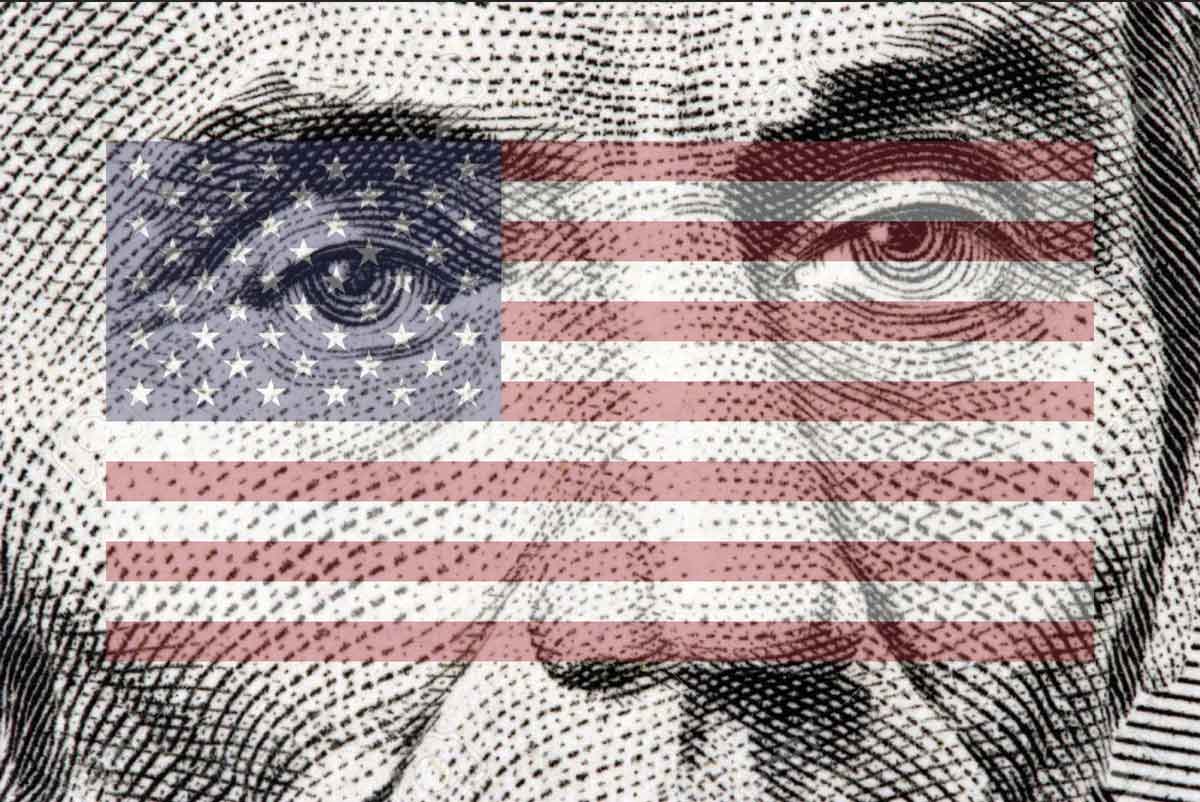
US Dollar Hits 14-Month Low on Cooling US Inflation 2023-07-17
USD sinks as global currency markets react to slowing US inflation, prompting a surge in other major currencies and a potential end to the Federal Reserve's tightening cycle.

US Dollar Weakens on Regional Banks Fears and Tighter Credit 2023-05-05
The US dollar weakened due to fears surrounding regional banks, while the ECB offered a less hawkish than expected 25bp hike and the Swiss franc is in demand.
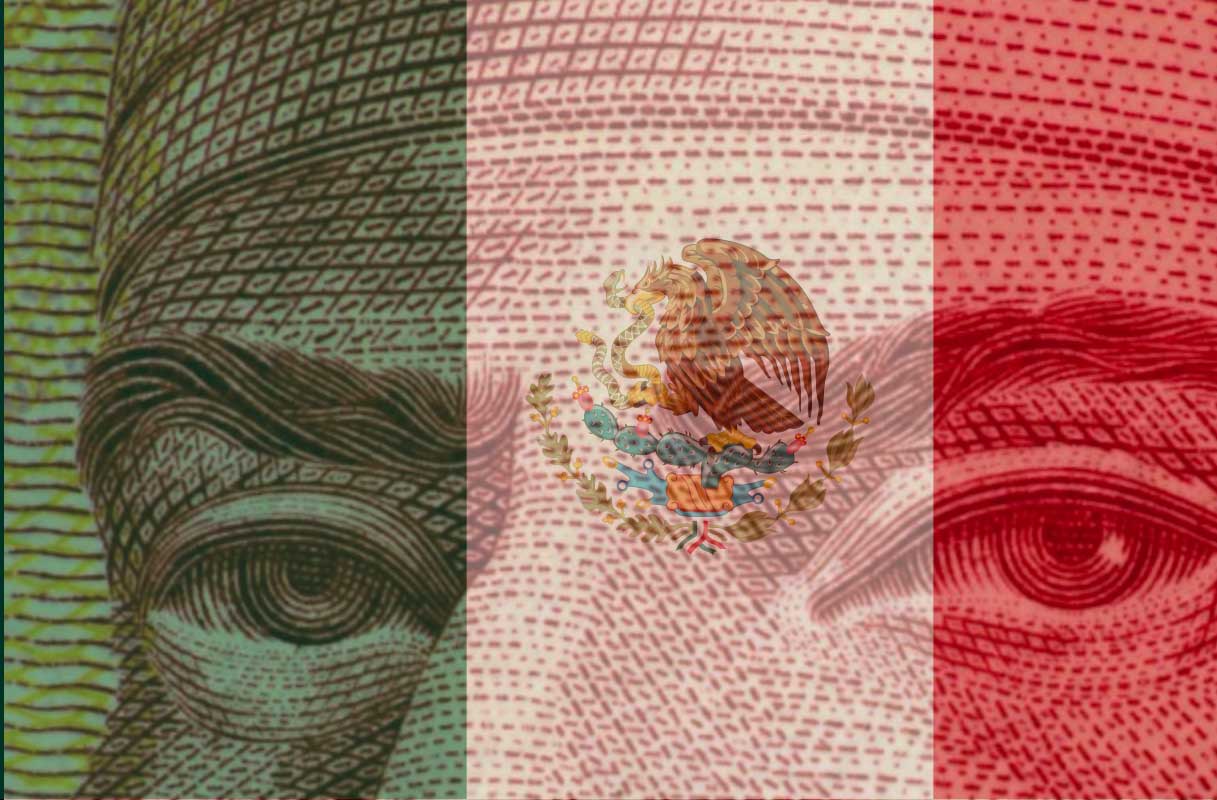
Fears of US Recession Shifts Currencies & Commodities 2022-06-23
As we approach mid-year a shift has taken place in currency markets with the narrative less about interest rates hikes and more risk-off worries about a possible coming recession.

War and Inflation Powers US Dollar Strength 2022-05-10
During periods of rising inflation a stronger currency benefits a country's economics as this makes imports cheaper.

Russian sanctions mount - US dollar gains 2022-02-28
Any curbs to Russian access to its foreign reserves could present a bigger blow to the Russian economy than the impact of a ban on Swift.

Geo-politics replaces COVID-19 Risk for Currency Markets 2022-02-24
Russia attacking Ukraine has sparked volatility and a flight to safe-haven currencies such as CHF.

Liechtenstein Country Guide (LI)
Clocking in at just 62 square miles, Liechtenstein is one of the smallest countries in Europe. It’s bordered by Switzerland to the west and south and Austria to the east and north. From its capital city Vaduz to the lovely mountain villages, her...

Switzerland Country Guide (CH)
Switzerland is a small, landlocked country located in Central Europe. It is known for its picturesque alpine landscapes, its renowned ski resorts, and its reputation as a global financial and banking center. Switzerland is also known for its high ...

CAD to CHF 2025 Forecasts
The CAD/CHF exchange rate has been influenced by a mixture of commodity prices, economic growth, and monetary policy changes in both countries.

AUD to CHF 2025 Forecasts
The Australian dollar (AUD) has displayed volatility in the past two months, dramatically influenced by mixed economic indicators from Australia.

EUR to CHF 2025 Forecasts
The EUR to CHF exchange rate has seen recent fluctuations, influenced by various economic factors and the underlying strength of both currencies.

GBP to CHF 2025 Forecasts
The recent forecasts for the GBP to CHF exchange rate indicate a challenging outlook for the British pound.

USD to CHF 2025 Forecasts
The USD/CHF currency pair has recently been influenced by a combination of developments within the US economy and reactions from the Swiss market.

CHF to ZAR 2025 Forecasts
The recent market developments suggest a bearish outlook for the Swiss Franc (CHF) against the South African Rand (ZAR).

CHF to TRY 2025 Forecasts
Recent developments in the currency markets indicate a cautious outlook for the CHF to TRY exchange rate, currently trading at 52.88, marking a slight...

CHF to SGD 2025 Forecasts
The CHF to SGD exchange rate has recently experienced fluctuations, now hovering around 1.6105, approximately 0.5% below its three-month average of 1.6198.

CHF to JPY 2025 Forecasts
The current exchange rate for CHF to JPY is 193.2, which is 1.6% above its three-month average of 190.1.

CHF to INR 2025 Forecasts
Recent forecasts for the CHF to INR exchange rate reflect significant influences from both domestic and global economic developments.

CHF to GBP 2025 Forecasts
Recently, the CHF to GBP exchange rate has demonstrated notable volatility, reflective of broader economic trends affecting both currencies.
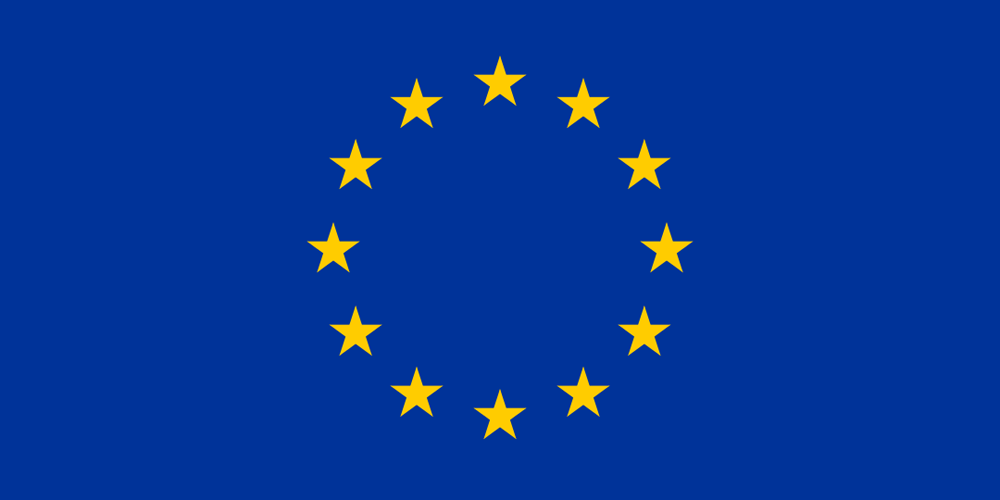
CHF to EUR 2025 Forecasts
The exchange rate forecast for the CHF to EUR is currently influenced by a variety of factors impacting both currencies.
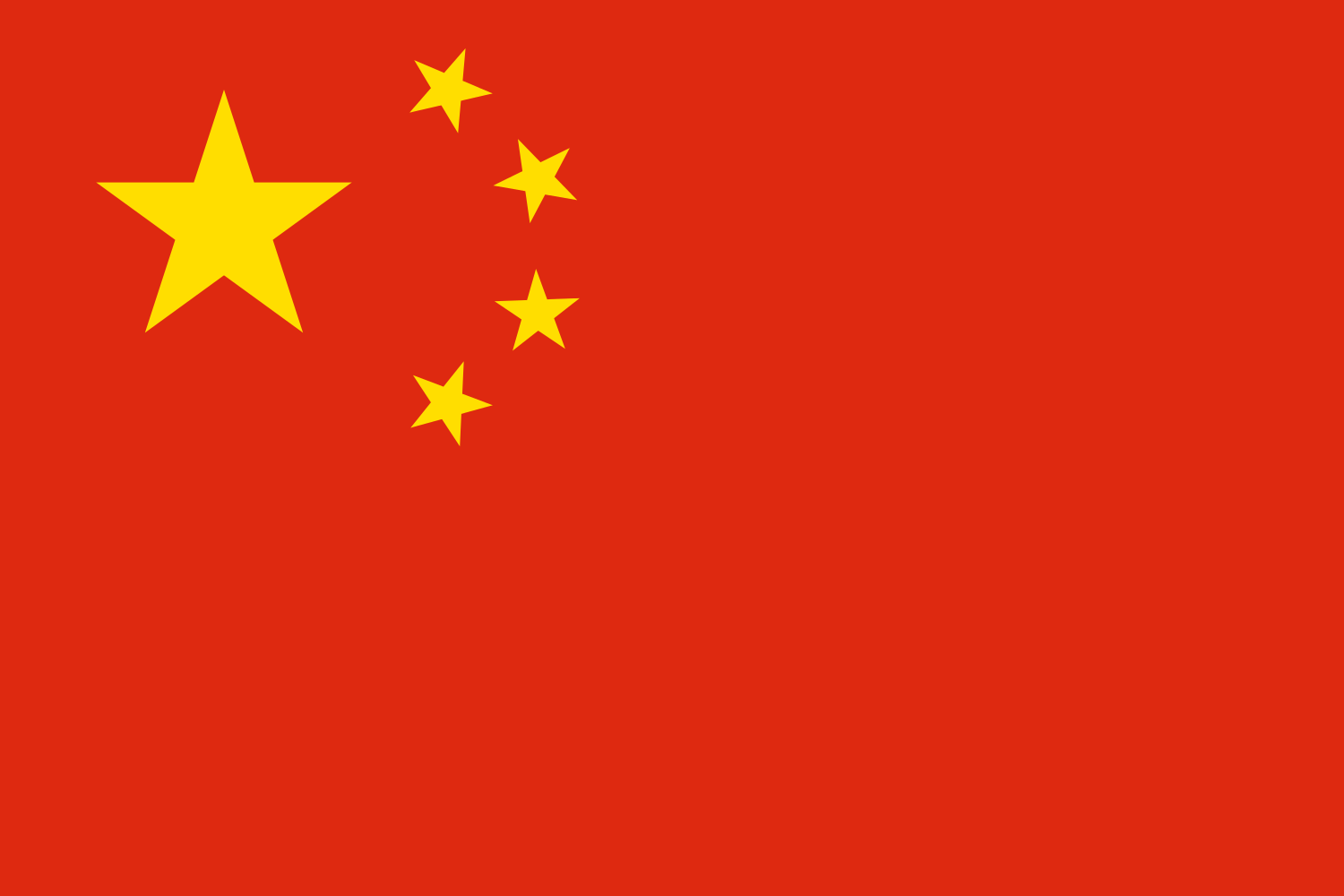
CHF to CNY 2025 Forecasts
The Swiss franc (CHF) has experienced some downward adjustments in recent forecasts, with UBS highlighting strong fundamentals amid ongoing global uncertainties.

CHF to CAD 2025 Forecasts
The exchange rate between the Swiss Franc (CHF) and the Canadian Dollar (CAD) has recently reached 90-day lows at approximately 1.7191, marking a 1.6%...

CHF to AUD 2025 Forecasts
Recent forecasts for the CHF to AUD exchange rate reflect a complex interaction of various economic factors influencing both currencies.

CHF to AED 2025 Forecasts
The exchange rate forecast for the Swiss Franc (CHF) to UAE Dirham (AED) reflects a complex interplay of recent economic developments.

CHF to USD 2025 Forecasts
The CHF to USD exchange rate is currently facing various pressures that analysts suggest may lead to continued fluctuations.

NZD to CHF 2025 Forecasts
The New Zealand dollar (NZD) has been experiencing mixed movements amid a cautious yet optimistic risk sentiment in the market.

SGD to CHF 2025 Forecasts
Recent developments indicate a nuanced outlook for the SGD to CHF exchange rate.
